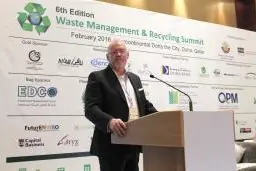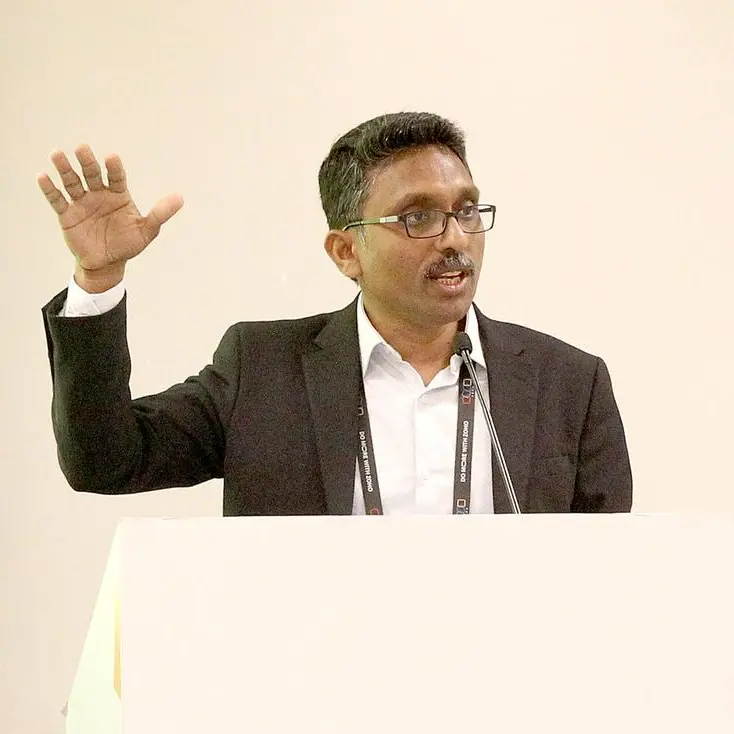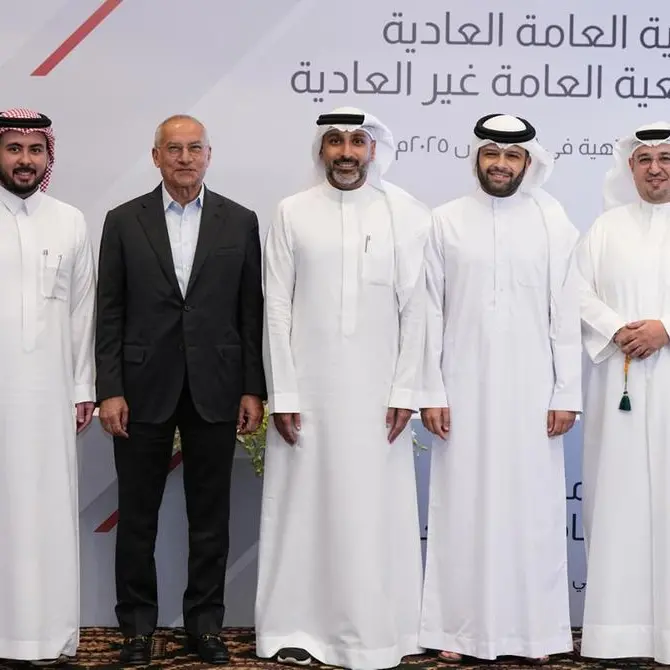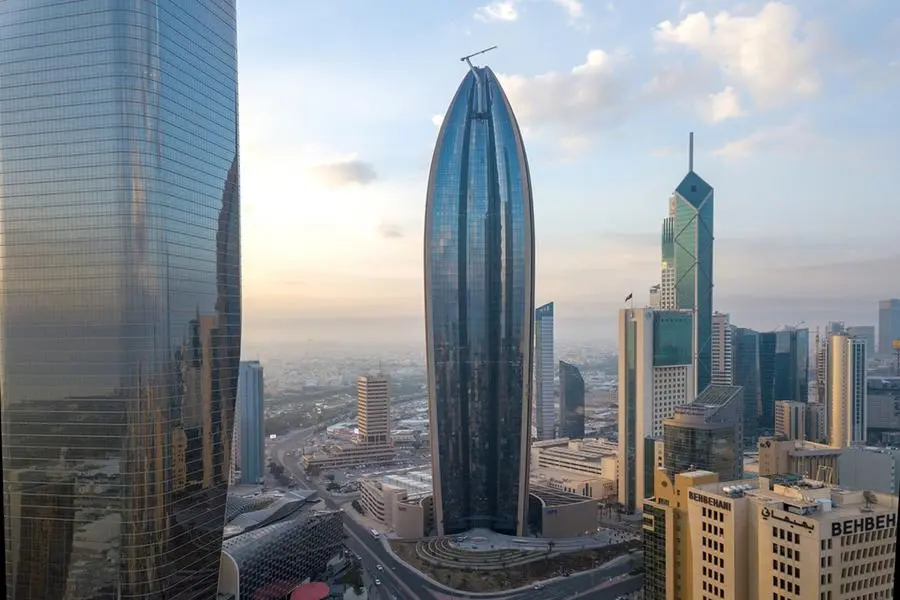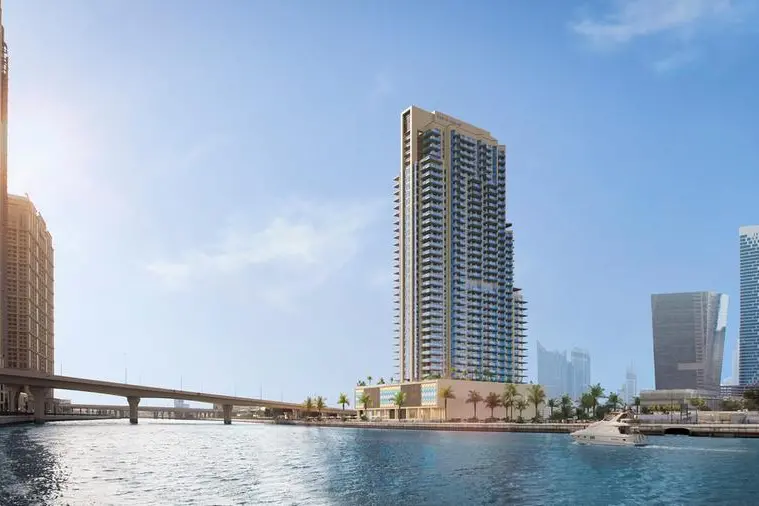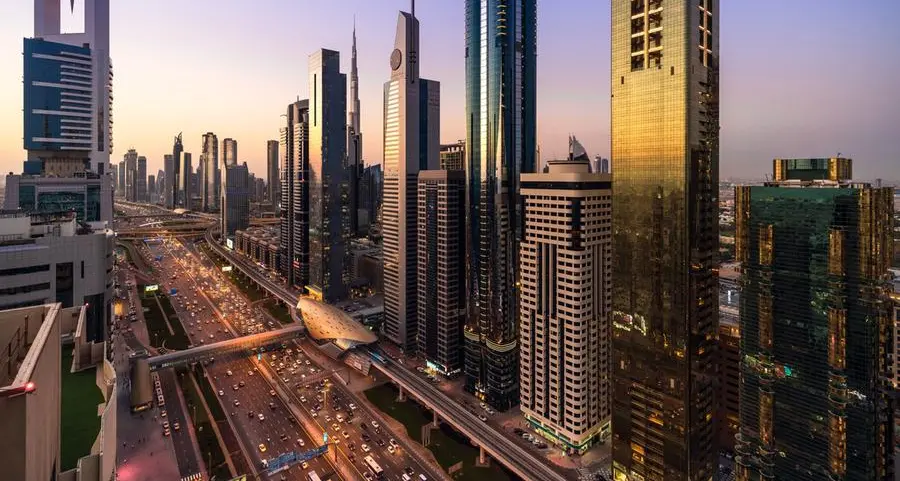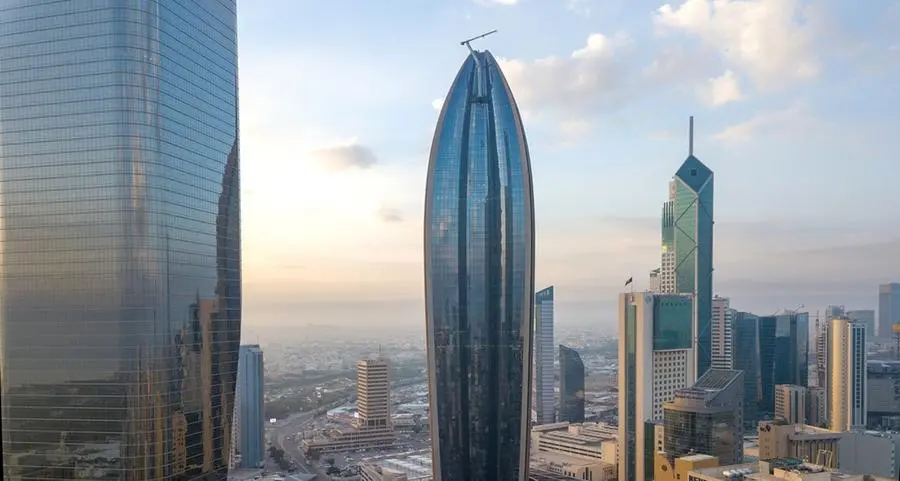PHOTO
QPM is a project partner to Qatar Rail and works closely with the principals to ensure adherence to a strict environmental policy as part of its regular toolbox sessions with site workers
Doha, 14 February 2016
Waste as a byproduct of building modern cities is a growing challenge for builders. It requires very specific plans to reduce any impact on the environment. However, waste management and proper disposal can sometimes be overwhelming.
Qatar Project Management's (QPM) Dr. Mark Evans, who is seconded to Qatar Rail's PMC Major Stations Department as Environmental & Sustainability Manager, said during his presentation at the recently concluded 6th Waste Management and Recycling Summit in Doha: "Humans as a species, and this is true everywhere around the world, are traditionally not good at managing waste. It requires effort combined with education to make a difference and reduce the impact of our actions on the environment."
To put this in context, he cited the example of 'The Great Pacific Garbage Patch', comprising plastic particulates suspended at or just below the surface, covering an area the size of the US state of Texas. Ocean currents cause these particles to stay within this region and bring even more debris to the garbage patch every year.
This is an exaggerated but very real consequence of irresponsible waste disposal and there are many correlations in the construction business. Each year, millions of tons of debris and waste are generated as a byproduct of global construction and development projects. They require smart and immediate management to ensure they do not all end up in landfills.
Evans said the key to progress is to change the way we look at waste management: "Waste issues are just one segment of an overall project lifecycle assessment and plan. They should be core components of the wider project sustainability and development agenda. From a builder's perspective this should account for managing the construction process so resource utilization is minimal, and that waste is segregated properly. It should be reused where possible, or disposed of responsibly.
"There is of course an omnipresent gap between theory and practice everywhere in the world," said Evans. "The key to ensuring compliance is in being consistent during toolbox talks with the workers, because workforces and people change. This calls for being repetitive and delivering the message consistently."
Evans also spoke about the nature of the term 'compliance' in construction: "When we talk about compliance, we are mostly looking at internal compliance and encouraging builders to set rules for themselves. The business of construction is very rigid about final build quality and project integrity, but environmental sustainability calls on developers and project managers to behave ethically, mostly of their own volition. The good builders create a set of best practices for implementation at their sites, while those that don't are unfortunately not particularly handicapped.
"In the 21st century, when we are acutely aware of our impact on the environment and what that means for future generations, we really have to be better."
Evans believes legislation forcing builders to adhere to ideal waste management processes, even if it uses taxation or penalties to curb reckless behavior, are not as powerful as the proactive responsibility that can be demonstrated by developers.
Legislation to curb wastage and reuse materials has its limitations and because of these limitations, can be interpreted in various ways to ensure what some may believe maximizes their profits. But this is a flawed concept and the best builders in the world know it.
Prevention of waste will lead to the best improvements in terms of environmental impact as well as cost savings across materials, labor and transportation, which all add to the bottom line. When you study the impact of a well-defined waste management plan, the benefits soon add up and can be a much more powerful motivator for developers than legislation alone.
Evans says the prevailing focus for the industry is to first reduce the amount of construction waste produced. There is therefore a need to reinforce the role of resource efficiency in construction and related training which is a relatively new addition to courses. The industry overall has a lot of gaps to bridge.
Some waste is unavoidable, but there are plenty of opportunities for reuse and recycling.
At Qatar Rail, they are taking the "reduce, reuse and recycle" concept to a higher level. In what they are calling a methodology to "Design Out Waste", the project managers are implementing a 7-point "avoid, reduce, reuse, recycle, recover, treat and dispose responsibly" plan.
Evans hammers home the fact that no amount of wishful thinking will replace consistency in repeating the principles of this 7-point methodology: "Toolbox sessions define the operational, health, safety and environmental policies that workers need to understand and learn from. People will inevitably make mistakes. But they can learn to avoid repeating them."
Qatar Rail utilizes all materials it can reuse at its projects and also segregates the inevitable unusable waste for proper disposal or dispatch to recycling facilities. This also includes water usage which is monitored closely and used only as necessary, while also ensuring that any runoff does not contaminate groundwater reserves.
Evans said reused materials, acquired from excavation & demolition and as surplus during the build, are inspected to ensure project integrity in adherence to the latest Qatar Construction Standards (QCS) code.
In his conclusions, Evans also praised the efforts of the Qatar Green Building Council and its members who represent many of the country's biggest projects and companies for fighting for higher standards, while sharing new insights from all around the world that can be implemented locally.
-Ends-
© Press Release 2016
